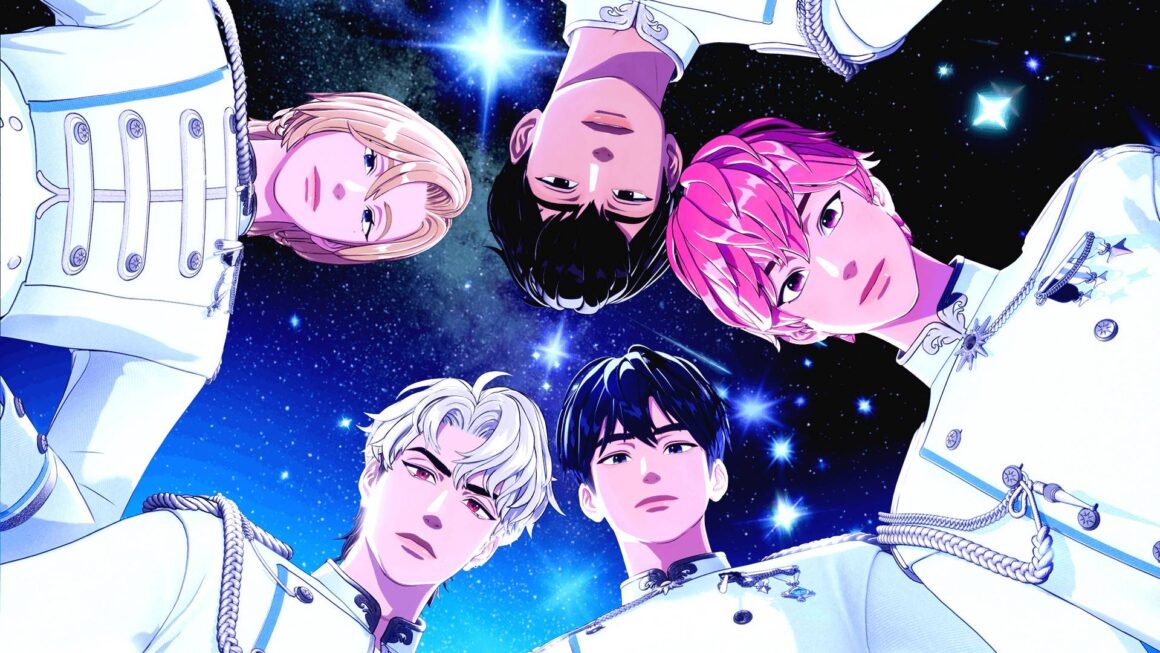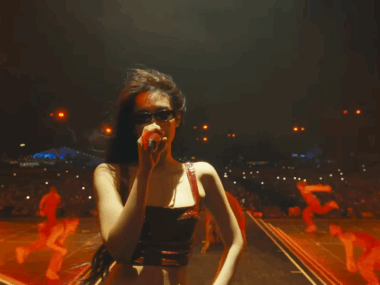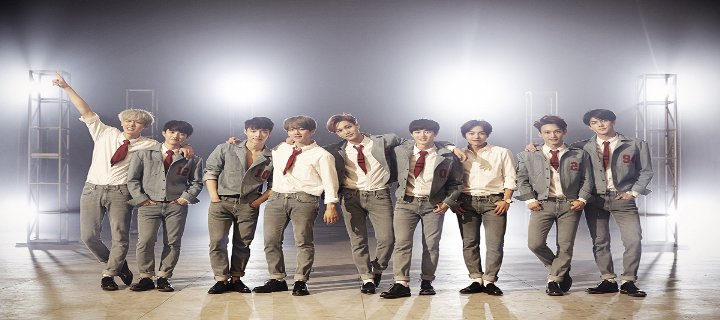What do a blue-haired Japanese idol/singing synthesizer, a virtual K-pop boy band, and a witty AI VTuber have in common? They aren’t real people but they have real fans, real influence, and even real money coming in. Virtual stars like Hatsune Miku, PLAVE, and Neuro-Sama aren’t just a niche trend. They’re changing the way we enjoy certain forms of entertainment and interact with the content creators. But why are so many people drawn to entertainers who don’t actually exist?
Why the People Love Virtual Entertainers
🎨 Creativity Without Limits
Want to see your favorite artists perform on the moon? Dive into an underwater kingdom or travel to a futuristic cyberpunk setting? Virtual entertainers make it happen.
They can perform feats impossible for real-world artists by utilizing cutting-edge technology like holography and motion capture. This allows them to create immersive concerts and interactive live streams that blur the line between reality and fiction. These experiences offer something that no human can replicate.
🧠 Escapism and Stability in a Messy World
Let’s be honest: following real celebrities and influencers can be exhausting. They sometimes get into scandals, ranging from being exposed for being terrible and out-of-touch to accusations of committing heinous crimes and harming others. It’s a lot.
Virtual entertainers, on the other hand, provide a nice escape. They’re fictional characters and in the case of PLAVE, their real identities are hidden behind an animation-like image. The digital nature of these idols means they are free from personal scandals, and their identities are consistent. For many fans, they represent a safe space; a digital haven from the chaos of real life.
🤖 Novelty and Fascination with Evolving Tech
Neuro-Sama is an AI VTuber who chats with fans on Twitch, plays games and says the craziest things. Her appeal is that she’s chaotically quirky, in the best way. Her unpredictability adds to her charm. Audiences are fascinated by the evolution of artificial intelligence and digital avatars. To them, these entertainers are a symbol of the future of tech.
The Challenge and Opportunity for Real Artists
🚫 The Threats
- Virtual entertainers compete for fans’ attention around the clock.
- Some jobs, like singers, models and influencers, may be replaced by AI.
- Virtual idols are cheaper to produce and manage.
✅ The Opportunities
- Humans still create the voices, animations, and stories behind virtual stars.
- Fans can contribute music, art, and more, opening doors for new creators.
- Hybrid groups, like Aespa, mix real and virtual performers for a unique experience.
Can Humans and Virtual Idols Coexist?
Absolutely. Vocaloids and virtual idols have been popular in Japan for years alongside human celebrities. South Korea is just starting to embrace virtual idols with acts like PLAVE and MAVE:, but companies are still investing in training and developing human idols. Neuro-Sama has grown in popularity but real-life Twitch streamers are still around and doing well.
The future isn’t about choosing between real and virtual. It’s about blending both. Human stars bring real emotion and creativity. Virtual idols offer consistency and endless possibilities. Together, they’re creating new ways to tell stories and perform. Together, they’re crafting new forms of storytelling and performance that neither could achieve alone.
Virtual entertainers aren’t replacing humans. They’re redefining what entertainment can look like. As audiences become more open to the blurred lines between real and digital, artists and fans alike will find new ways to connect, create, and escape.






